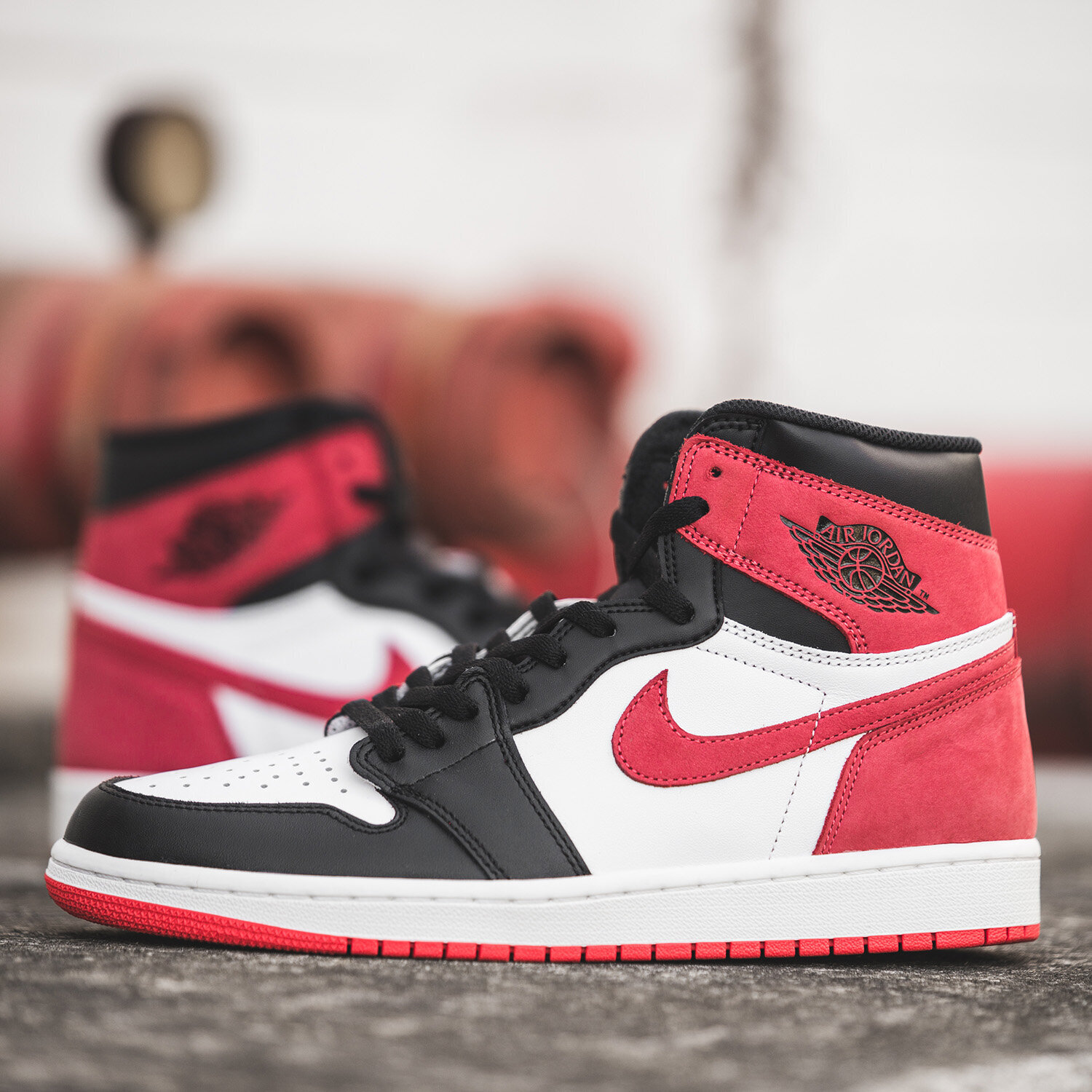.shooting sneakers (for the grams)
(last updated in June, 2021)
I’ve been shooting products for years now and being a sneakerhead, I thought why not shoot my own sneakers, since I have so many of them and access to such a wide array. I might not have the largest of followings or likes as many other ‘Instagram Sneaker Photographers’, but having shot sneakers for years and now having done so on a professional level (by this I mean actually being paid to do so, not as an influencer) I think I have some rep and credibility to what I do.
I do follow a good number of ‘Instagram Sneaker Photographers’ but I’ve also seen way too many people take bad or sub-par photos. Even the hottest pair of sneakers cannot save you from taking a bad shot (same thing applies with having an expensive camera, sorry rich peeps). So in response, I thought I would share some general tips with the knowledge and experiences I’ve gained to help you take better sneaker photos.
1 - CAMERA SETTINGS
Generally shooting at a lower aperture with a great focal length will result with more bokeh and background separation which is always aesthetically pleasing for most situations. I generally shoot between F2.8 - 4 and at a focal length between 50mm - 200mm (depending on what lens I’ve got attached). Try to avoid shooting too wide and too close as this may distort the shoe, works well in instances for on-foot shots, not so much for off-foot in my opinion. Ensure your white balance is set correctly, otherwise your colours will be affected and might possibly look off. If you shoot raw, then this can be fixed in post but shooting JPEG, your white balance is baked in and wont be as easier to recover.
If you’re shooting shooting on your phone, if it allows you to change the settings, then it would be a great opportunity to do so, but if not, make sure you at least focus in on the shoe and expose so that the shoe is nicely presented and lit well.
2 - BACKGROUND / LOCATION
Try shooting in a location that compliments the sneaker or aid with the overall visuals whether it be through color, texture, shape or setting. I choose to shoot with rather plain backgrounds that aren’t too ‘busy’ but also have texture and some visual element to make them not too flat. I tend to bring emphasis on the colour, either by making it the predominate or only colour. If you see my shots, many of these will have quite neutral backgrounds and have the shoes themselves pop and be the focus or have the background the same as part of the shoe, bringing visual unity.
Regarding texture and shape, usually looking for lines or little points of interest, whether it be a crack line, architectural infrastructure, graffiti, something to slightly break the visuals but not become too big of a distraction. If you choose to shoot with a setting in mind, shooting a shoe where a shoe would be found or in use makes a lot of sense, like a basketball shoe on a court, a sneaker on someone’s foot on the streets, a shoe rack or shelf, things like that.
City and urban environments work really well for sneaker shots, so explore your local, never know what you might find. You might also find shooting in your own home a nice choice, as this is an obvious setting where shoes are found.
3 - SHOOTING ANGLE & COMPOSITION
This is something that may just come with more practice. The more you shoot, the stronger you’ll develop a creative eye for your subject. Composition is an important aspect to all photography disciplines and should not be overlooked even when shooting sneakers. Thinking about your framing, what sits in it and the final image. For the grams will it be square, landscape or portrait? Is there something visually distracting in the way, a shrub, a cigarette, a dirt mark, a car. Simply by moving a few inches and shifting frame can drastically change the look of the image. If the background still doesn’t look right, simply move frame or move away.
Do not too high of an angle unless it is an overhead/flat lay style of shot. I generally notice that shooting at higher angles (roughly anywhere between 25-70 degrees, pulling numbers out of my ass here) creates less flattering, more ‘amateur’ sneaker shots. Try shooting either parallel or slightly elevated/lower depending on the mood you’re trying to set.
4 - LIGHTING
If you do not understand the concepts of light, generally you want to shoot either on overcast days or in the shadows underneath a shelter or indoors as this will give you soft and flat lighting across your subject. Shooting under the sun in the middle of the day will give you some really strong unflattering shadows. HOWEVER, this is all subject to what kind of mood you’re trying to project in the image.
Using different things to affect the incoming light can also help with your image. Shooting indoors next to a large window is a great example of this. This can give you nice soft light with a nice fall-off into the shadows during the day. During sunrise/sunset if the windows faces the sun, it can create some really nice moody settings, shapes and lines.
The image below is a great example of this. Shot near a large window with some of the morning sun peaking through some shades to create the lines of light and also draw the eyes into the hang tag.
5 - PRESENTATION
Ok so this one is a bit more tricky. If it’s an off-foot shot, then for me there is no excuse for the shoe to be in a bad condition. Even if the shoe has been worn, it should still be presented in a nice way. Fix up the laces, clean up any dirt marks or light scuffs. For on-foot shots, these doesn’t have to be followed so strictly but nice to think about nevertheless.
Here’s a little Pro tip for off-foot shots. Fill the shoe and prop up the tongue using things like shoe trees or tissue paper or plastic bags, even socks. This is to help provide shape and solid structure to the shoe, giving an overall better aesthetic.
6 - POST PRODUCTION
This part will be very subjective but here’s some things that still should be as of standard practice.
White balance should be set prior whilst shooting but if not, do ensure whites look white. Images look off when colours do not look as they should, especially when white looks like blue or green… even if its setting a mood, do not go too overboard on the difference of colour. With that colour accuracy is a major component to product photography. For social purposes a slight shift in colour isn’t too bad but for advertising and marketing purposes, a massive no-no.
If you are able to (and didn’t already do so whilst shooting) remove any nasty distractions from the shot via retouching. Whether it be dirt or dust marks, gum, scratches, or anything in the background, retouch them out using clone tool (or others to your preference). This will help clean your image up and make it look that much better. However, leaving some marks can lead to a more visually interesting look, so don’t do overboard, you don’t want perfect, immaculate looking surfaces if you know they should be slightly more grungy and dirty.
Locally desaturate the backgrounds or surfaces that should look white/grey/black. This will help these colours look better and less yellow/blue, depending how its been shot.
Of course with all kinds of photography, everything is subjective to the photographer and viewer, nor is what I say golden, however, I have found these to be great practices and will make a lot of sense when applied. Be creative, go out and shoot, see what works for you and find your style.
IG @jnywkz






